
|
Castor oil plant (Ricinus communis). The attractively
mottled seeds are the usual parts eaten, sometimes with
serious effects. The New Zealand plants usually have purple
leaves.
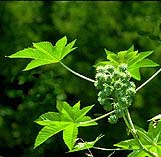
Back to Top
|

|
Celery-leaved buttercup (Ranunculus sceleratus). This is
one of the most toxic species of buttercup. It grows in wet
places such as in ditches, along streams and around ponds
and lakes. The parts most likely to be put into the mouth
are the glossy divided leaves which resemble those of
celery. Contact with mouth and lips can produce blistering,
but fortunately the bitter burning sensation usually
prevents material being swallowed.
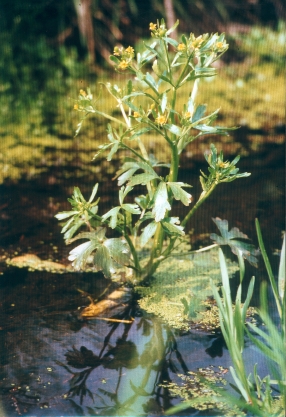
Back to Top
|

|
Cestrums (Cestrum species). There are several species of
these popular ornamental garden shrubs, with flower colours
ranging from scarlet and rose to white or orange. Fruit
colours are white, black, or sometimes red. All parts are
very poisonous.
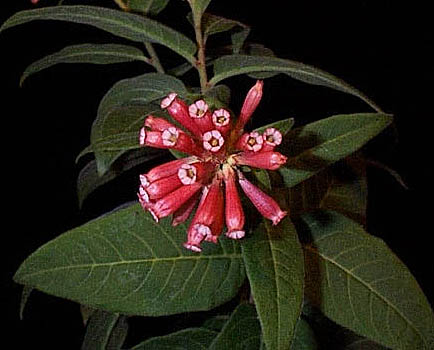
Back to Top
|

|
Cherry laurel (Prunus laurocerasus). The small black
fruits have kernels which are poisonous.
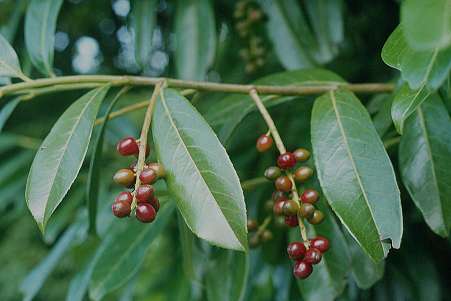
Back to Top
|

|
Chilean jasmine (Mandevilla suaveolens). A climbing plant
with fragrant white flowers which is usually grown on house
walls or trellises. Like many other members of the oleander
family, Mandevilla has poisonous white latex in all parts.
The long pods are bean-like, but the seeds inside are small
and winged.

Back to Top
|
|

|
Comfrey (Symphytum officinale and its hybrid S.
¥uplandicum). Although the leaves are used as a general
tonic, if used in quantity they can be harmful over a
prolonged period.

Back to Top
|
|

|
Corsican hellebore (Helleborus lividus subsp. corsicus).
A commonly cultivated evergreen herb, all parts of which are
poisonous.
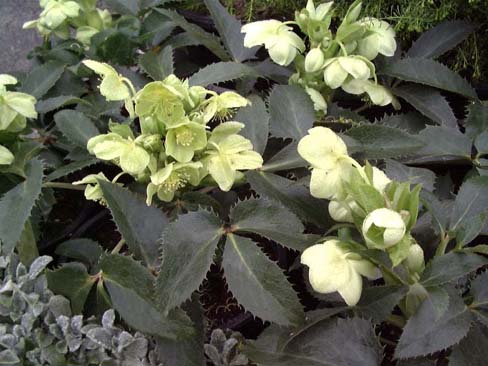
Back to Top
|
|

|
Cotoneasters (Cotoneaster species). The pretty red
berries, which nearly all species have, seem to be mildly
poisonous, but have never caused serious harm. Because they
are so abundant in gardens and public places, children may
often eat a few berries without parents being aware.
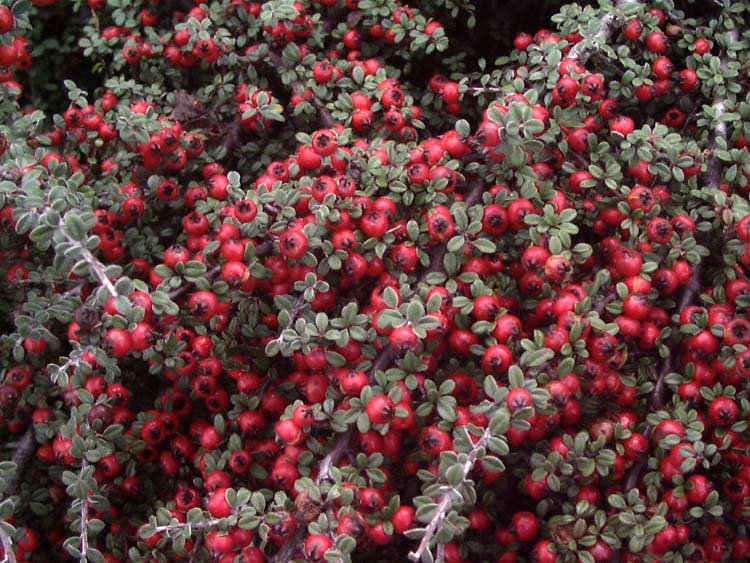
Back to Top
|
|
|
|
|
|
|